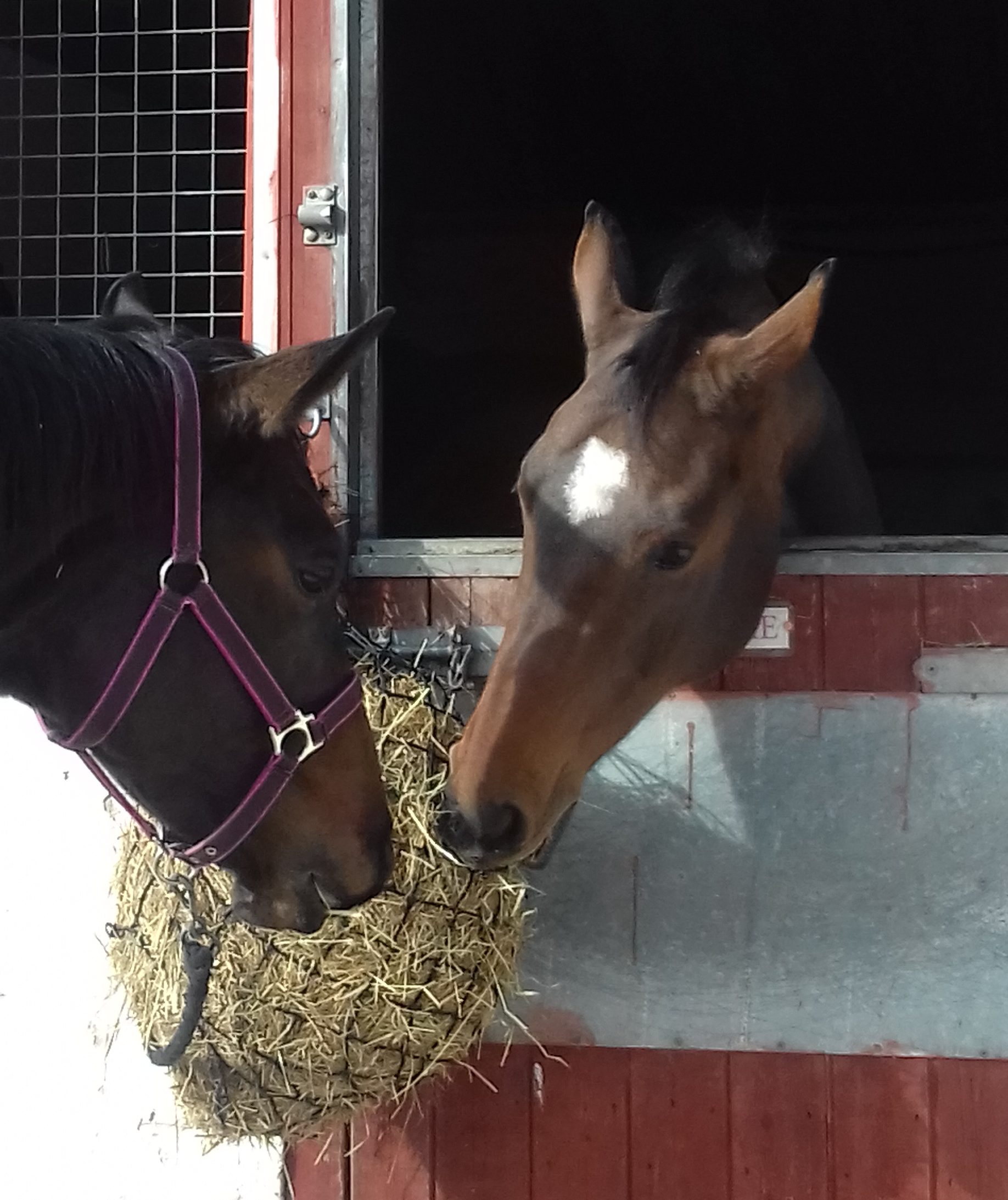Biosecurity Basics
 Every horse owner needs to be aware of the steps to take that can minimise the spread of infection and disease. Not only does disease put horses’ lives at risk but it can affect everything you – and many other local horse owners – do with your horses, from hacking to competing.
Every horse owner needs to be aware of the steps to take that can minimise the spread of infection and disease. Not only does disease put horses’ lives at risk but it can affect everything you – and many other local horse owners – do with your horses, from hacking to competing.
Reducing Risk : Just three simple steps by every horse owner will reduce risk:
1. Take horse’s temperatures regularly and know what is normal for each. Any raise in temperature means extra care needs to be taken. If it persists for more than a day, call your vet
2. Make sure that all horses that are new on the yard are isolated from other horses for a week, preferably 14 days, to prevent spread of infectious disease.
3. Ensure horses are vaccinated every year against at least tetanus and equine influenza ‘(flu’).
Biosecurity Procedures in the event of a disease outbreak
- Yards with an outbreak are recommended to share the news openly with the local equestrian community, in order to prevent wider infection.
- Avoid taking in-contact horses to shows as they may spread the disease to other horses and yards
- Let visitors such as the farrier, dentist, vet, saddle fitter, feed delivery man know before they come to the yard. If you become the last visit of the day it helps to avoid spreading the disease to other yards
- Limit contact with external horses as much as possible. Warn horse owners using adjoining fields or who ride close to the yard to keep their distance
- Individual horse isolation – until proven not to have the disease – is important, but difficult to maintain.
- Isolation should last for up to a month after the last case occurs, according to veterinary advice.
- Place a disinfectant foot bath outside isolation area and at the yard entrance, refreshed daily.
- People looking after affected/isolated horses should change all their outer clothing and wash their hands before handling other horses
- Bacteria will be destroyed by a hot wash, so changing and washing clothes daily is important.
- Monitor rectal temperature twice daily in all horses involved, as a raised temperature is an early disease indicator
Further Advice
FEI biosecurity guidelines. There is also a free FEI Campus biosecurity course
| Non notifiable diseases | Notifiable diseases – positive cases need to be notified to the animal health office and goverment who take over control of how proven cases are managed. | |
| Equine Influenza Strangles Equine Herpes Virus (EHV) Ringworm | Equine Infectious Anaemia African Horse Sickness | |
